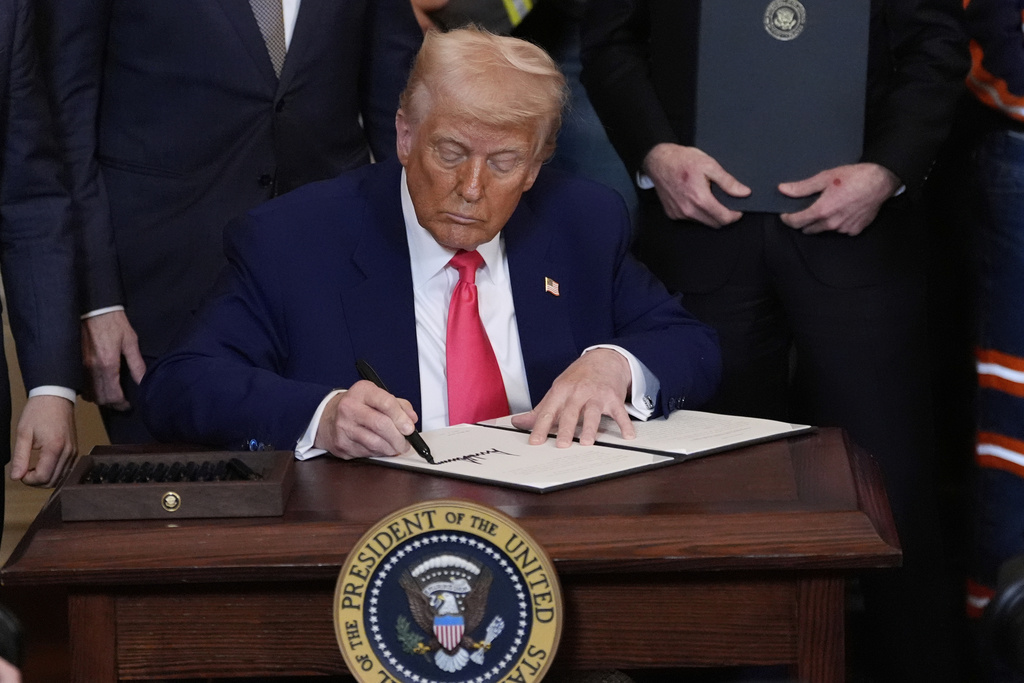
For Trump, a man who has been involved in over 4000 lawsuits to date, a legal system that works in his favor is a dream. In pursuit of this dream, his administration is aggressively targeting major law firms that pose threats to its agenda by representing Trump’s political opponents or maintaining DEI policies.
The legal industry can’t decide whether it will let Trump’s dream come true. Its divided response has made the industry look weak by shining a spotlight on internal divisions and distracting from the plethora of legal efforts that are challenging Trump’s policies.
Trump has singled out six major law firms so far, accusing each of posing risks to American interests. Four of those firms – Perkins Coie, WilmerHale, and Jenner & Block, and Susman Godfrey – have refused to bow to Trump, each of them launching separate lawsuits against the administration.
However, the firm Paul Weiss opted to settle with Trump by pledging to provide $40 million in pro bono legal services for causes the administration supports, and eight major firms preemptively made similar agreements with Trump to avoid being named in executive orders. In total, Trump has snagged a whopping $600 million (and counting) in free legal services.
Amid the chaos, it’s become clear who in the industry is willing to stand up to Trump and who is willing to bow to him. The American Bar Association and dozens of local bar groups condemned attacks against the legal system in an open letter, and over 500 firms expressed their support for Perkins Coie by signing on to a brief filed on the firm’s behalf.
Yet not everyone is on the same page: none of the nation’s top 10 highest-earning firms signed on to the brief. Kirkland & Ellis and Latham & Watkins, the top 2 highest-earning firms by some measures, were among the firms that settled with Trump. This divided approach lays bare the fractures within the legal industry.
High-earning firms are signaling that maintaining corporate clients’ business is more valuable than safeguarding the legal industry’s integrity. Compared to the scores of firms and lawyers denouncing both Trump and the settlements, it’s obvious there’s a schism between profit-driven corporate law firms and the rest of the industry.
By prioritizing profit over justice, wealthy firms seem as weak as they do selfish. Bending to a president’s will is never a good look for a law firm. It’s also not a good look for the legal industry when its most powerful members are admitting with their actions that they operate on a different value system than the rest of the industry.
Yet the fracture runs deeper than big versus small firms. The targeted firms’ divided approach shows there’s conflict among the industry’s major players too. In fact, the orders may have pitted “Big Law” firms against each other: top firms jumped to capitalize on the industry backlash against Paul Weiss’ settlement by allegedly attempting to poach its lawyers.
Unable to deliver a unified response to Trump’s attacks, the legal industry looks disorganized and chaotic. The focus of Trump’s attack on Big Law has become the industry drama rather than the real danger presented by a president retaliating against firms for representing his opponents.
The image of an industry in turmoil also distracts from the impressive legal response to Trump’s policies. Dozens of lawsuits have been brought against the administration’s executive orders on federal workforce and funding cuts, immigration, DEI, and transgender rights. These efforts have succeeded in halting federal employee firings and deportations, even if only temporarily.
Major firms’ responses tell a different story, one where the obedient legal system of Trump’s dreams is already here. Those that are challenging Trump must continue to denounce his attacks loudly and publicly if they want to reframe this narrative. It’s not just individual firms’ reputations at stake. America’s trust in the entire industry, one that is supposedly about representing their interests, is on the line.
The Zeitgeist aims to publish ideas worth discussing. The views presented are solely those of the writer and do not necessarily reflect the views of the editorial board.



